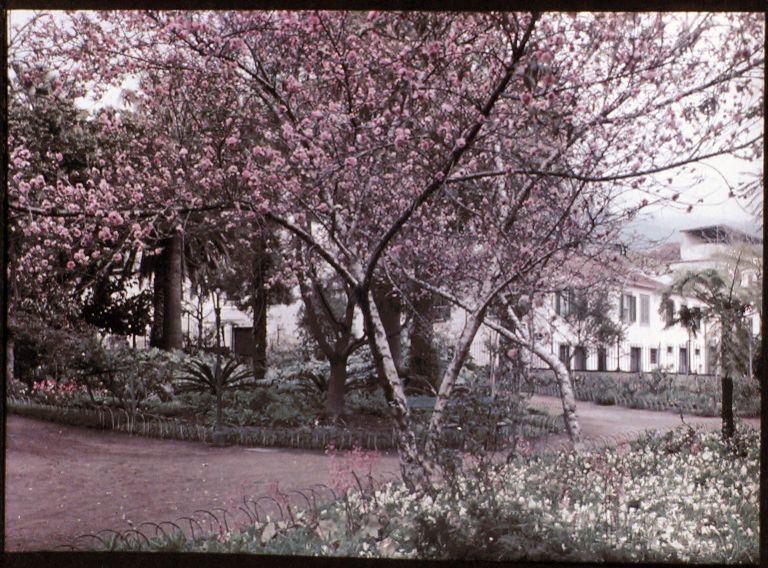Under the branches of the giant tree lingers the void that was once an altar. The presence of the demolished convent is felt in each curved path, between litanies of green and flowered psalms, as some sort of absolute liturgy. The old cloister vanished into the walls of a masterless basilica, subject to the whims of tortuous archivolts and intoxicating incenses, under the sound of a blackbird’s chant and some kind of stumbling laughter. A temple on a bare floor, without nave or bell towers, nestled between the straight tracks and the ease of regular borders.
From the lustrous sidewalk comes the constant bubbling of repeated routes and a scheduled meeting with the garden bench, somewhere between the disinterest of a Saint Francis and the composed expression of the liberator of Pernambuco (lifeless bronzes under the canopy of some destination). In the background, an elderly man’s painful walk redefines a monk’s prayer in the suspended threat of a ten-line obituary, blessed absence from the day’s newspaper wrapped under his arm. In a rigid alignment, right next to the garden, the yellow taxis recall the need to leave towards other geographies and dispense the incomplete promise that ordered an image of a possible paradise.
